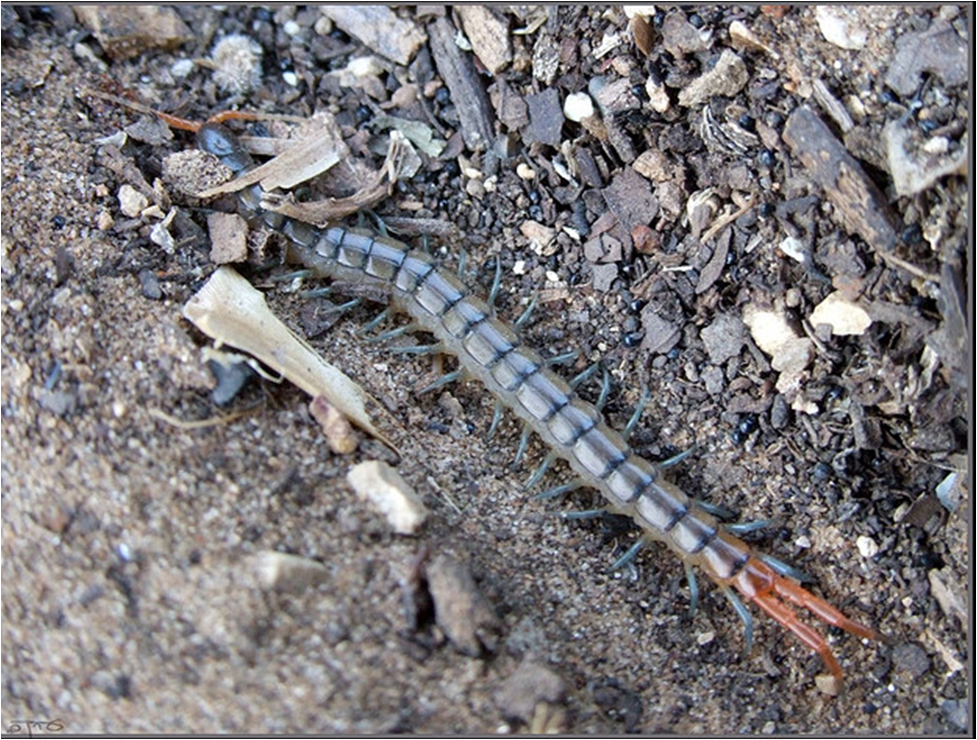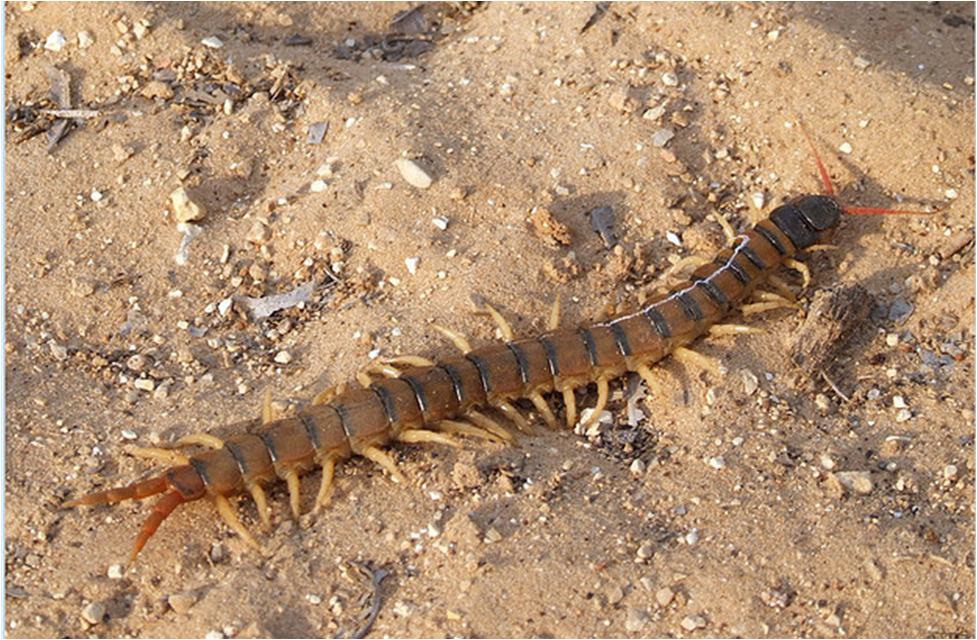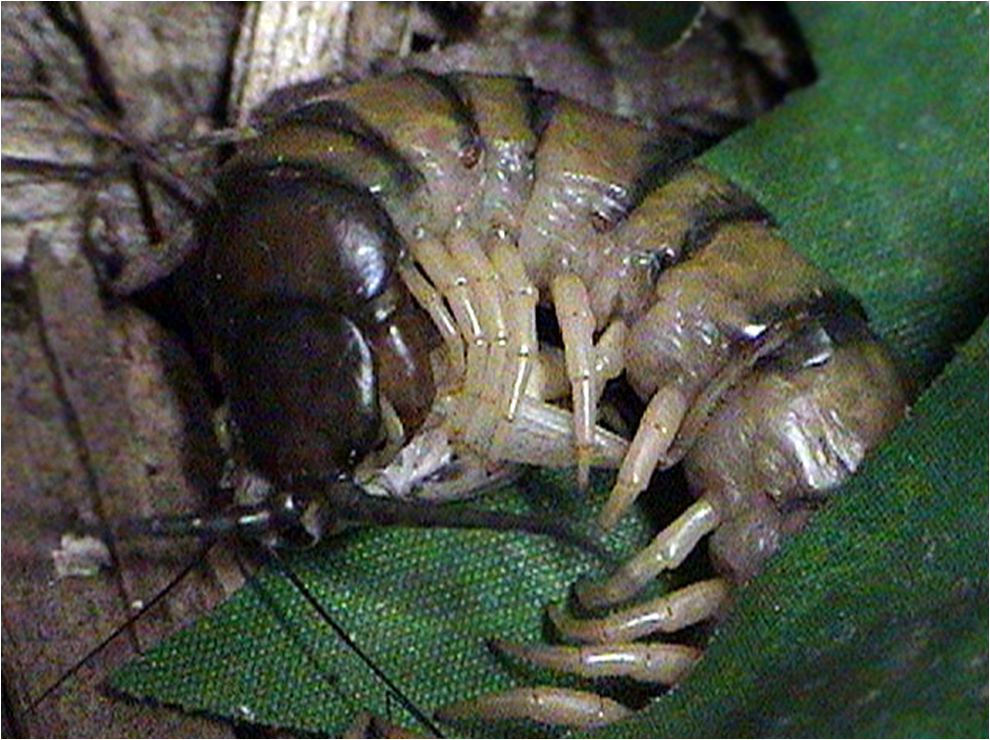Megarian Banded Centipede
(Scolopendra cingulata)
Facts
The Scolopendra cingulata is a very understudied species so there is a limited amount of information known about the organism. The S. cingulata is very similar to the Scolopendra gigantea, much of the research is directed towards this species. Hopefully in the near future, researchers will turn their attention to the S. cingulata so more can be learned about this fascinating creature.
This amazing organism also has a interesting variation in size due to latitude. Research was done that showed that the farther north one goes in the Mediterranean area, the larger the S. cingulata will grow (Simaiakis et al, 1829). Reasons for this are unknown, it could be the amount of food available, less predation, or even just better climates as they climb latitude.
Despite the Scolopendra cingulata only being a small insect around 20 centimeters, that doesnt stop them from killing and feeding on animals their size or even slightly larger. There was some research done with these organisms in which small mammals and large centipedes are dropped into the same space as a hungry S. cingulata. The S. cingulata, in most instances, strikes right away when the other animal is dropped into the pit. To learn more about this head to the Form and Function page!
These amazing organisms primarily live in caves where they can reside during the day. This allows them to escape the heat and leave at night to go insearch of prey (BBC, 2014).
The S. cingulata is also a very quick insect and can quickly strike its prey. Their segmented bodies give them the ability to turn sharpy to catch their prey. This way, the S. cingulata can sit and wait for their prey to walk by for them to strike (BBC, 2014).
Andre McMillion and Jaelen Yach of the University of Wisconsin - La Crosse. Bio 203 - Spring 2014


